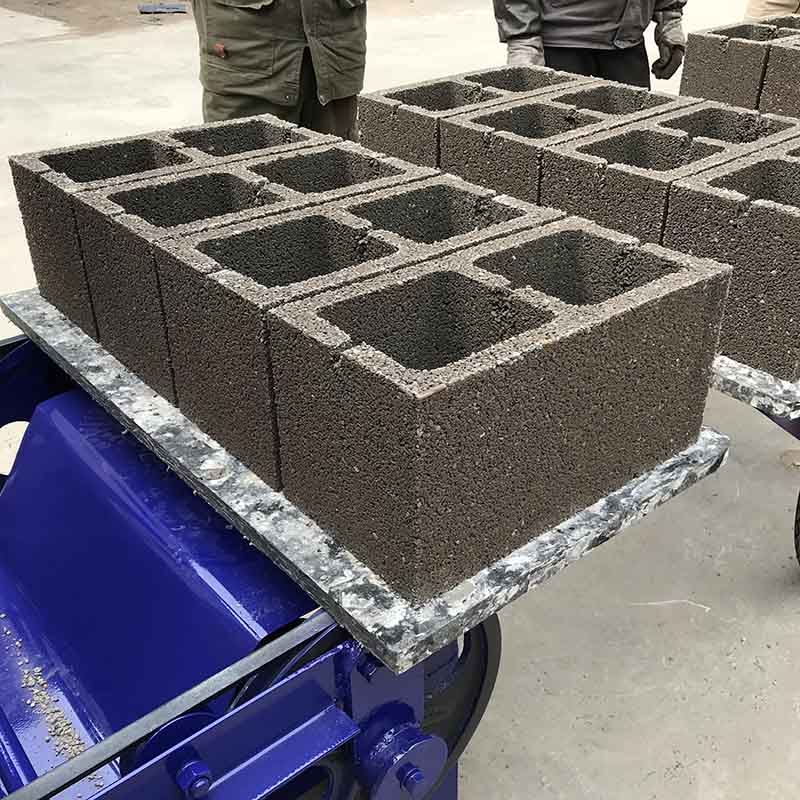
Image source:Aiwei block machine
Introduction
Block making machines are fundamental to the construction industry, serving as the backbone for producing building blocks and bricks. However, the cost of these machines can vary significantly from one region to another, impacting construction practices and infrastructure development. This article examines regional variations in block making machine costs, using case studies from both emerging economies and developed nations to shed light on the factors contributing to these disparities.
1. The Significance of Block Making Machines in Construction
Block making machines are indispensable tools in the construction sector, enabling the efficient production of building materials critical for various construction projects.
2. A Global Perspective on the Construction Machinery Market
The market for block making machines is global, with manufacturers and consumers dispersed across countries and regions.
3. Factors Influencing Block Making Machine Costs
Currency Exchange Rates: Fluctuations in currency exchange rates can substantially impact machine prices, especially when manufacturers source components and materials internationally.
Raw Material Costs: The prices of raw materials like steel, electronics, and hydraulics play a pivotal role in determining machine prices.
Labor Costs: Variations in labor costs between countries contribute to differences in machine prices, with higher labor costs in developed nations often resulting in pricier machines.
Technology and Innovation: Advanced technology and automation incorporated into block making machines can lead to higher prices, reflecting the research and development investments required.
Quality Standards and Regulations: Stringent quality standards and regulations, common in developed countries, can increase production costs and subsequently machine prices.
4. Case Studies: Emerging Economies
India: India, an emerging economy, has experienced significant growth in construction due to affordable block making machines. Low labor and manufacturing costs contribute to competitive machine prices.
Kenya: In Kenya, block making machine prices are influenced by factors like currency exchange rates and local manufacturing capabilities. The availability of affordable machines has stimulated construction activity.
5. Case Studies: Developed Nations
Germany: Germany, a developed nation, is renowned for producing high-quality, technologically advanced machines. The country’s strict quality standards and labor costs contribute to premium machine prices.
Japan: Japan’s developed economy produces innovative block making machines, albeit at higher prices due to labor costs and stringent quality control.
6. Implications of Regional Variations
Affordability and accessibility of block making machines have significant implications for construction and infrastructure development:
Stimulating Construction: Affordable machines in emerging economies drive construction activity, contributing to economic growth.
Affordable Housing: Accessible construction technology enables the development of affordable housing solutions, addressing housing shortages.
Infrastructure Development: Affordable machines support infrastructure development, improving the quality of life for communities.
7. The Role of Government Policies
Government policies can influence machine costs and accessibility. Support for local manufacturing and incentives for sustainable practices can shape machine prices.
8. Future Trends
As technology continues to advance, the affordability and accessibility of block making machines are expected to improve. Innovations may drive down prices, making construction technology more widely available.
Conclusion
Regional variations in block making machine costs are the result of a complex interplay of economic factors, including currency exchange rates, raw material costs, labor expenses, technology, and quality standards. These variations profoundly affect the accessibility and affordability of construction technology, impacting construction practices and infrastructure development. Government policies and sustainability considerations further shape machine prices and accessibility. As the global construction machinery market evolves, understanding these regional differences is crucial for fostering sustainable, affordable, and accessible construction practices worldwide.
